7 Tips for Traveling & Flying With an Infant
If you plan to fly with a child less than one year old, you’d better get prepared and gather your courage. Though you can’t entirely control what happens in-flight or at the airport, you can plan ahead. Most importantly, you need to put plenty of thought into your child’s temperament – what calms him or her? How can you best keep to your normal routine? Your first instinct is to keep your little one as comfortable as possible, but you should also take your neighbors into consideration.
Tips for Flying With a Baby
Don’t make the rookie mistake of flying without doing your prep work. When you have the right gear and you’ve planned ahead, you can rest assured that you have the tools for a content little passenger.
1. Make a Checklist
Don’t ever pack your carry-on without a checklist. While older kids can carry their own bags, you don’t have that luxury when flying with an infant. If it’s not packed, you won’t have it, and airport stores rarely carry many baby supplies. Be sure that you start packing a couple of days in advance of your flight so you have plenty of time to pack all of your baby gear.
Here’s a general list of necessities:
- Diapers and wipes (enough for travel time plus 24 hours extra in case of delays)
- Two or three receiving blankets – they’re great as nursing cover-ups, for naps, for keeping your baby warm, and for keeping your clothes protected from spit-up
- A change of clothes for your baby – at the very least, pack an extra onesie
- Nursing pads and shields if you’re breastfeeding
- Formula and bottles if you bottle-feed – again, plan for travel time plus 24 hours to be safe
- Pacifiers, if necessary – always bring a couple of spares
- One or two board books and a couple of comfort toys
- A sling or a baby carrier
- Baby-friendly snacks, like Cheerios and puffs
- A couple of Ziploc bags – they come in handy for storing snacks and keeping soiled clothes separate in your diaper bag
2. Prepare Your Bottles
If your baby is bottle-fed, you need to think ahead. The TSA has rules against traveling with more than three ounces of liquid, but the rule doesn’t apply to baby formula and juices. Instead, you must have your baby’s formula tested via a handheld scanner.
To avoid causing a delay in the security line, I prepare bottles with powder only. You can also purchase single-serving formula packs. That way, I only need to add water once I’m past the security checkpoint. Ask the flight attendants for warm water – they usually have plenty on hand for coffee and tea.
3. Calm Breastfeeding Fears
While breastfeeding on a plane might not be as comfortable as breastfeeding at home, it’s completely doable. You can pump milk and bring it on the plane in bottles if you’re nervous about nursing – the TSA simply scans the milk with a hand-held device, and it’s completely safe.
Of course, breastfeeding on the plane might be a necessity. If you’re nervous about nursing next to a complete stranger, bring two safety pins with you. That way, you can pin a receiving blanket to the seat in front of you and on the side of your own seat to create a privacy curtain. I’ve found that seatmates are extremely understanding and accommodating when I’ve had to nurse during a flight.
4. Decide on a Car Seat
If your child is under the age of two, you don’t have to purchase a ticket. This can save money, but it also means your child has to sit on your lap for the entire flight.
If you purchase a separate ticket for your baby, or if there are extra seats on your flight, you can bring your baby’s car seat on the plane and use it the same way you do in the car. Traveling with your baby in a secured car seat is the safest way to do air travel with a baby, period.
Unfortunately, however, I once brought a car seat along with me, and it ended up being a major pain. Not only did I have to cart the bulky object around the airport, my little guy was miserable and just wanted to be held anyway. On the next flight, I ditched the car seat and traveled with a sling instead. I “wore” my baby across my chest – he was very cozy, and it was convenient while moving around the airport. It was also perfect for discreet breastfeeding.
You can also opt for a travel system if you’re determined to bring along a car seat and you don’t want to drag it with you through the airport. A travel system allows you to snap the car seat onto a stroller base, which you can then easily detach during boarding. It’s the best of both worlds when both mama and baby need their own space.
5. Check Your Gear
I love having a stroller in the airport. It always allows my kids to have a rest while I sprint from gate to gate, and it cuts down on dawdling. Also, the airline can check your stroller right at the gate. Just ask for a “gate check” – tag and bring your stroller to the end of the jetway. Airline attendants can pop it down in the cargo hold, and can bring it back up when you’ve landed for use during layovers.
Be smart about the stroller you use. Make sure it’s one that collapses easily and isn’t too bulky. I have a model that collapses with one hand, which saves me from fumbling with it.
6. Prepare for Takeoff
If you’ve ever been on a flight with babies on board, you’ve probably heard them wailing during the takeoff and the touchdown portions of the flight. That’s because the pressure can cause major pain for babies while flying. If you’ve got a little one tagging along, prepare to offer a pacifier, a bottle, or the breast during takeoff and landing. The sucking motion helps relieve pressure so there’s fewer tears.
7. Deal With Strangers
In my experience, babies and kids aren’t always the most welcome passengers on planes. I haven’t always gotten the warmest reception when a seatmate finds out that I’ve got two kids along for the ride. But a little friendliness and consideration goes a long way in making sure other people are comfortable.
I usually make a point to be extra nice to the flight attendants, who are then more than happy to grab some warm water or dig up snacks for my kids. I also make sure that my kids aren’t bothering other people in any way. For instance, if your infant has a dirty diaper, get up and change it in the bathroom as soon as possible. Planes have changing tables in the bathrooms, so use them. They might be small, but it’s far more considerate than changing your baby next to your seatmate. Just limit how much stuff you bring with you to the bathroom. I like to grab a diaper and a case of travel wipes so I don’t have to drag the entire diaper bag into an already tight space.
I find that when neighbors see me doing my best to keep things under control, they’re more likely to lend a hand. I’ve had kind seatmates offer to share a tablet computer or chat with my kindergartener for hours, while attendants have offered extra treats and even upgrades. As long as you’re courteous and conscious of the strangers you’re traveling with, you’ll be welcome and have a better overall experience.
Final Word
It’s not always going to be smooth sailing when you’re traveling with an unpredictable infant. Diaper blowouts, gassy bellies, and crying spells can make you feel flustered. But making sure that you’re prepared for anything can help you feel more confident in your abilities. And in a worst-case scenario, live by this mantra: “It’s only temporary.” You’ll be at your destination in no time, with tons of experience under your belt for your next trip.
By: moneycrashers
Tips para viajar con un bebe en avión
¿Vas a viajar con tu bebe? Echa un vistazo a estos Tips para viajar con un bebe en avión que de seguro te serán útiles.
Cuando nace tu hijo, te percatas que muchas cosas están por venir.
Buenas, maravillosas, al igual que los recuerdos inolvidables están en cada esquina.
Pero en todo momento debes cuidar a esa personita, pues eres su protector, y lo seguirás siendo por mucho tiempo.
Pero es en estos meses cuando debes ponerte un tanto paranoico, ya que.
Viajar con tu bebe es algo que muchos recomiendan hacer luego de los tres primeros meses.
Porque incluso la más mínima infección, puede hacerte pasar un mal rato.
Pero quiero brindarte todo nuestro apoyo para ese viajes que quieres emprender, por ello he traído para ti los siguientes tips para viajar con un bebe en avión.
Lo cierto es que cada caso es un mundo totalmente diferente al resto.
Algunos expertos en la medicina concuerdan, otros sin embargo lo ven excesivo y dicen que luego del primer mes.
Consejos y Tips para viajar con un bebe en avión
Son muchas las recomendaciones en cuanto a la edad apropiada para comenzar a viajar, más que todo por la cantidad de gérmenes que se pueden encontrar en un avión.
Lo mejor que puedes hacer en este caso es visitar al pediatra de tu hijo.
Él te indicara si es adecuado o no que puedas emprender una travesía en avión con tu hijo.
Aprovecha además de preguntar que medicinas es recomendable que lleves para el viaje, y coméntale a dónde quieres viajar, con ello te proporcionara información adecuada referente a vacunas y algunos tips para evitar enfermedades.
La documentación
Para evitar inconvenientes, infórmate que tipo de documentación es obligatoria durante el viaje.
Además de ello, te recomiendo que uses una cangurera o coala para que siempre la lleves contigo, ya que puede llegarse a dar el caso que, por prestarle demasiada información a tu bebe, puedas perder el equipaje.
Pero mientras lleves los documentos más importantes contigo, reducirás en gran medida los problemas.
Usa equipaje con ruedas
Este es un tip muy importante, pues es muy probable que lleves muchas cosas contigo, y que la gran mayoría sea de ese milagrito del cielo.
Como no eres un pulpo, y puede darse el caso de que solamente sean ustedes dos contra el mundo, llevar equipaje con ruedas asegura una mejor movilidad, con menos esfuerzo, con lo cual el cansancio se reduce bastante
Paga el asiento de tu bebe
En muchas aerolíneas, los niños no pagan a menos que sean mayores de 2 años.
Aun así es conveniente pagar el asiento de tu hijo siempre que puedas, así te evitarás problemas.
Otra ventaja de pagar el asiento es que no tendrás que llevarlo en brazos todo el tiempo.
Además que hay aerolíneas que tienen asientos especiales para bebes.
O incluso puedes llevar el asiento especial para el coche, pues se adapta muy bien a los asientos del avión.
Intenta estar lo más cómoda posible, y más cuando el viajes va a ser largo, debes estar pendiente de él en todo momento.
Recuerda unos puntos muy importantes, viaja ligero y solo con lo necesario.
infórmate bien con tu aerolínea y sigue estos tips para viajar con un bebe en avión, y tendrás un viaje tranquilo.
Fuente: tips-para
Tips on The Bahamas Warnings or Dangers – Stay Safe!
The Bahamas Warnings and Dangers
A visit to The Bahamas is a chance to enjoy soft sand beaches, warm sun and a culture that is still very British, but close to the U.S. One of the most popular foreign destinations for Americans, this series of islands can have some problems for any visitor including water hazards, sudden hurricanes, dangerous water creatures and driving that can be confusing.
Water Dangers
One of the chief attractions of this part of the world are the numerous beaches and access to the clear waters that teem with sea creatures. Be aware that the water can be colder during fall and winter season, but many people still find it pleasant. Many popular beaches also have waters with strong currents that can catch you unaware. Do not swim beyond the marked areas or you could get pulled away from the land and even swept out to sea. Most beaches have flags indicating if it’s safe. If you see a red flag swimming is not recommended. If you have children, only swim when you see a green flag.
Sharks and other possibly dangerous fish roam the waters here. Barracudas are large fish, but generally harmless so don’t panic if you see one nearby. The most common shark in the area is the Nurse shark. They are not dangerous, but be wary around them. Do not go in the water with raw fish or a bleeding cut or you will attract them. Coral reefs lie off shore and remain one of the most beloved attractions in the area. Be careful them as you can get cut. Hire a guide if you are chartering a boat in regional waters to help you avoid getting the boat cut on the reefs.
Dangers on Land
The Bahamas have a lot of mosquitos, so make sure your hotel has a net or bring one of your own to sleep under at night. Do not feed any animals you see here. This particularly applies to the iguanas on Allen Cay. They are in danger, so don’t touch them or feed them. When taking a taxi, make sure you have a fixed price. While this is fixed in some places, it is not in others.
If you are renting a car, remember drivers here drive on the left side of the road not the right. The island has generally nice weather; however, it is subject to hurricanes during hurricane season in late summer and early fall. If you are booking during this time, be aware that your plans may be canceled due to bad weather. You do not want to be here when a hurricane is bearing down on the islands. This is a good time to consider travel insurance.
Editor’s note: The information contained on this page was compiled using real traveler reviews about warnings or dangers in the Bahamas.
By: smartertravel
Tips para viajar con mascotas
¿Tienes planeado llevarte a tu mascota de viaje? Echa un vistazo a estos Tips para viajar con mascotasque te serán de utilidad durante el trayecto.
Has trabajado sin descanso por mucho tiempo y por fin ha llegado el momento de tomar un muy querido y merecido tiempo de relax.
Si vas de vacaciones solo debes escoger los destinos y los hospedajes que más te agraden.
Así como tomar una parte de tu tiempo para encontrar a una persona que le preste la debida atención y cuide a tu mascota todo el tiempo que estés fuera.
Debes encontrar un sitio cuya función sea precisamente cuidar tus mascotas.
Si después de buscar no has podido encontrar un lugar adecuado para que cuiden de tu mascota, si no te gusta dejarla al cuidado de extraños o simplemente eres una persona a la cual le agradan los retos y deseas otorgarle una nueva experiencia a tu mascota.
Puedes optar por llevarla contigo, por ello que hoy te traemos los siguientes tips para viajar con mascotas.
Para hacerlo debes tener en cuenta muchas cosas.
Consejos y tips para viajar con mascotas
Investiga cuales son las reglas o requisitos necesarios que exige la empresa de transporte en la cual quieres viajar.
En la mayor parte de los casos exigen una lista de vacunas, o un documento en donde se exponga que lo revisó un veterinario y todo está en orden.
Si tienes pensado, viajar en coche, es cuestión de que compres una jaula. Además de que no debes darle de comer por lo menos 2 horas antes de comenzar el viaje.
Y debes asegurarse de que haga todas sus necesidades antes de partir.
Salud
Asegúrate de que tu mascota está en buen estado de salud para poder viajar.
En caso de que tu animal de compañia tenga un padecimiento, debes reflejarlo en la documentación requerida, o en su defecto, suspender el viaje.
Si apesar de todo la quieres incluir en tu viaje, debes tener en cuenta que le provocará una ansiedad y es posible que su salud empeore durante el viaje. Piensa en tu mascota.
Hospedaje
Hoy día se puede encontrar fácilmente hoteles, o cualquier otro establecimiento destinado al hospedaje, que no restringen la entrada a mascotas.
Infórmate primero si existe alguno en tu lugar de destino. En caso de que te fueses a hospedar en casa de un familiar o amigo, debes informarle para que estén preparados.
Sedar a tu mascota
Este punto es muy importante. Actualmente existe una lista extensa de medicación que puedes usar para sedar a tu mascota.
Pero esto podría llegar a provocar un efecto de dependencia. Y hasta puede ser peligroso para la salud de tu mascota.
Así como vómitos e incluso reacciones que sería imposible atender durante el viaje.
Lo mejor es realizar diferentes actividades físicas con tu mascota.
De tal forma que quede agotada, y simplemente quiera descansar durante todo el viaje.
Ellas también tienen derecho de salir a conocer al mundo.
Y como te darás cuenta, resulta muy fácil llevarlas con nosotros, solo debes tener muy en cuenta estos consejos para viajar con mascotas.
Fuente: tips-para
Punta Cana, Dominican Republic, Travel Tips
Punta Cana is a popular vacation destination within the Dominican Republic on the island of Hispanola. In this city, there are 21 miles of beaches, many of which are public and some that are clothing-optional. Punta Cana has become the most popular tourist area on the island due to its acres of white sand and aqua-blue water. It continues to grow with new resorts–mostly all-inclusive. It is a wonderful place for a beach vacation, but there are some things you should keep in mind when making plans.
Location
Punta Cana is on the east coast of the Dominican Republic, at the point of the island where the Atlantic Ocean meets the Caribbean Sea. If you are looking to surf or go whale-watching, the rougher ocean might be a better choice than the warmer, calmer sea. Note that a hotel may list its location as Punta Cana, but this also encompasses the towns of Uvero Alto, Cap Cana, Cabeza de Toro, El Cortecito, Arena Gorda, Macao and Bavaro, a popular area beach for all-inclusive resorts.
Clothing
Punta Cana is laid back, so your dress will be casual. T-shirts, tank tops and shorts–or skirts and dresses for women, if desired–will take care of most of your needs. For evening, sundresses for the ladies and khaki pants and collared shirts for men usually are fine, but check with your hotel for dress requirements. At most resorts, you will need a cover-up for your bathing suit in the restaurant. Although sandals probably will be your preference in the heat, bring a pair of comfortable shoes for walking in rocky areas.
Language and Currency
Spanish is the official language of the Dominican Republic. English is spoken in most tourist areas, but you should try to learn a few phrases before you arrive in case you are in an area where little English is spoken. The peso is the unit of currency for the country. American dollars may be taken in some areas, but check the exchange rate before you arrive to make sure you aren’t taken advantage of.
Sightseeing
If you tire of the water sports, horseback riding and sunbathing in the Punta Cana beaches, Marinarium Marine Park and Punta Cana Ecological Reserve are within the city. Nearby, you can take a short boat ride to Dolphin Island, visit the Boca de Diablo cave system or explore Manati Park Bavaro. If you have time, you can also find the picturesque town of La Otra Banda or the Boca de Yuma and Ponce de Leon House in San Rafael de Yuma within an hour of Punta Cana.
Additional Information
The average daily temperature in Punta Cana is 80 degrees, so bring plenty of sunsceren. While there are drugstores there, toiletry brands from the United States and Europe may be expensive, so you may want to be sure to bring enough from home. Pack all of your medication in the original bottles. Make a list of what medications you are taking, including the drugs’ generic name, as brand names can be very different in the Dominican Republic. Be safe when traveling in Punta Cana. Before venturing out, check with the hotel staff about any areas you should avoid and keep a close eye on your valuables. Punta Cana has its own international airport, and most area resorts are located within a half-hour’s drive.
By: traveltips.usatoday


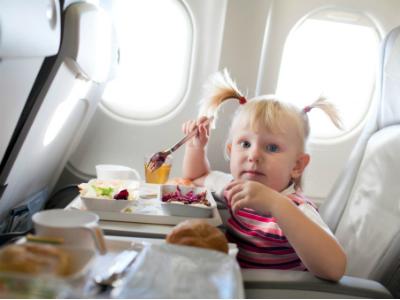
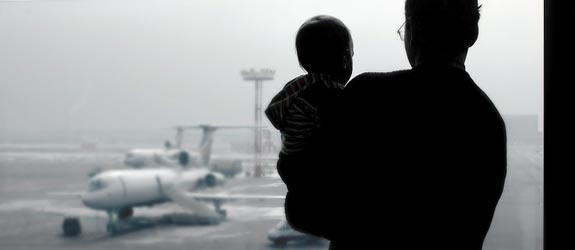
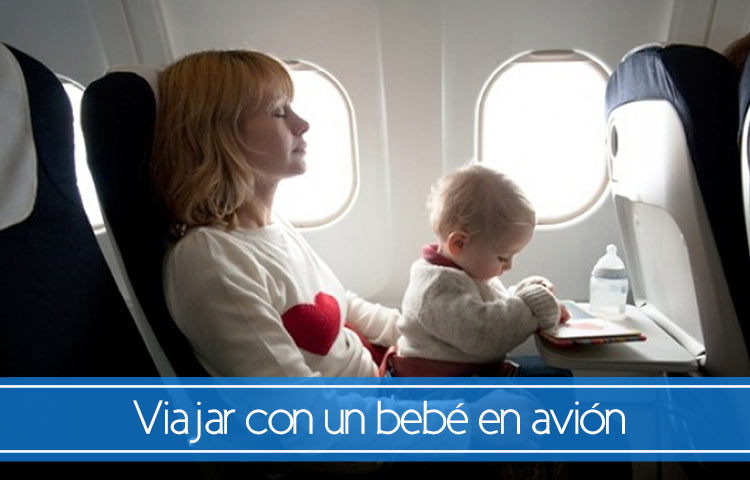
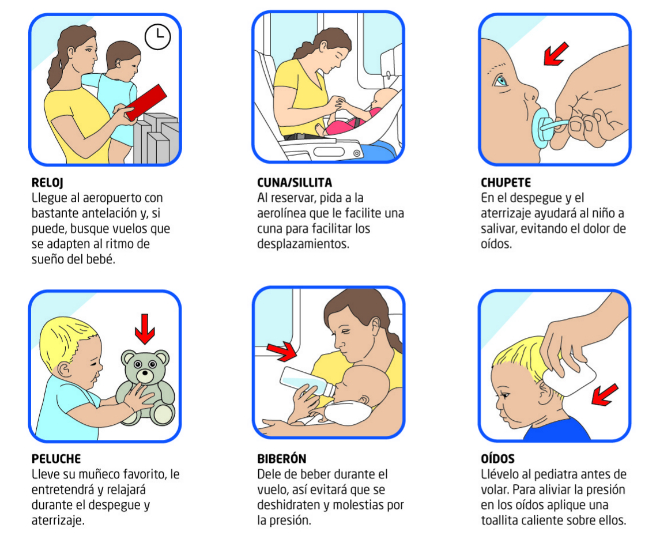
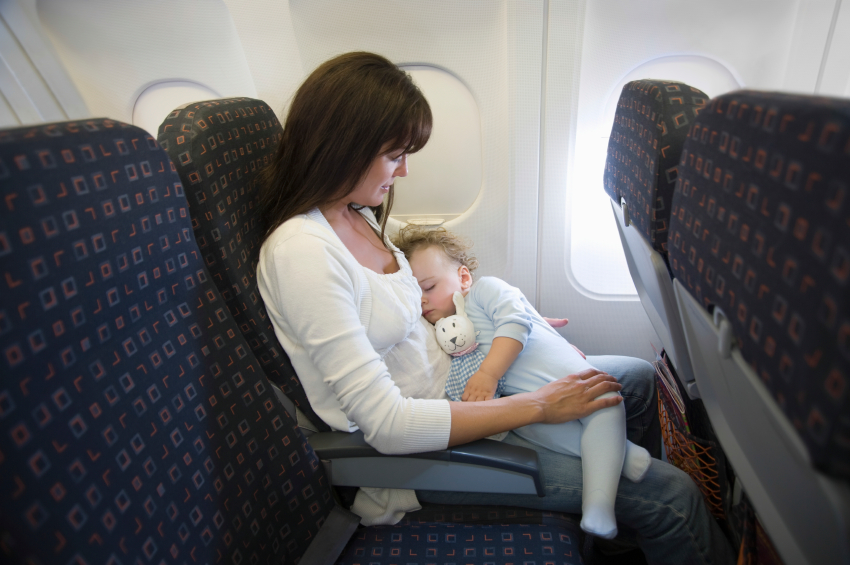
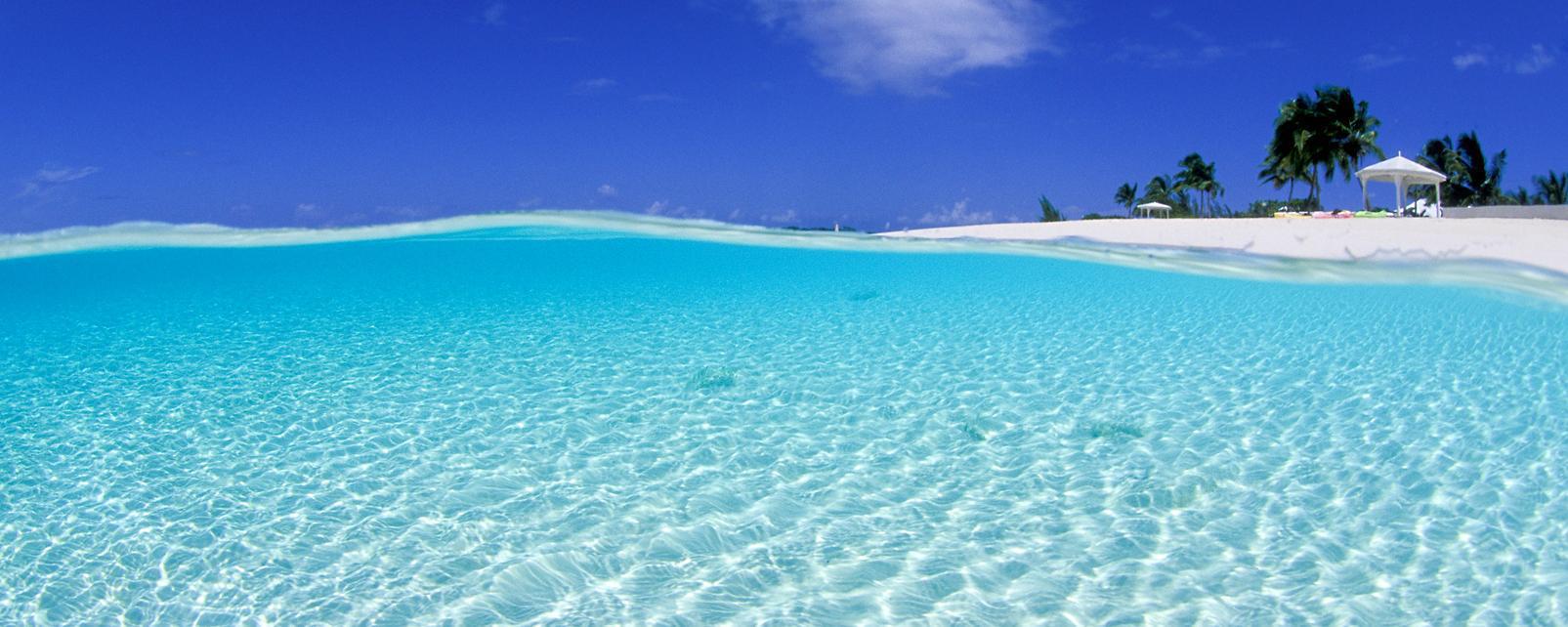
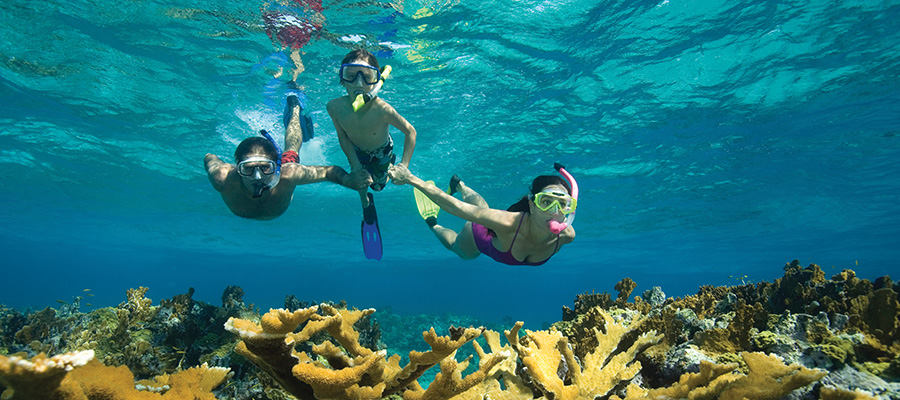
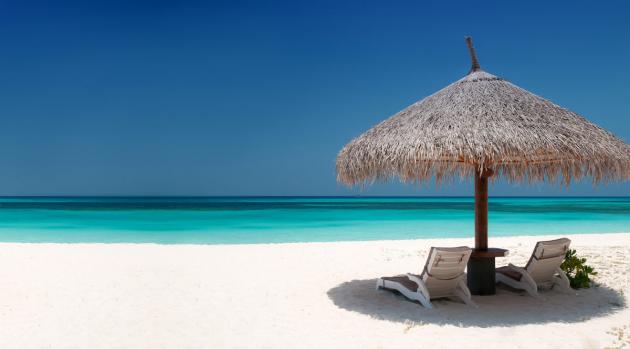
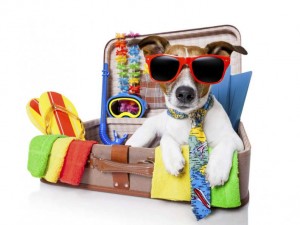
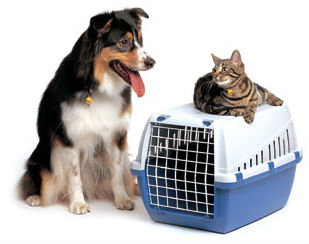
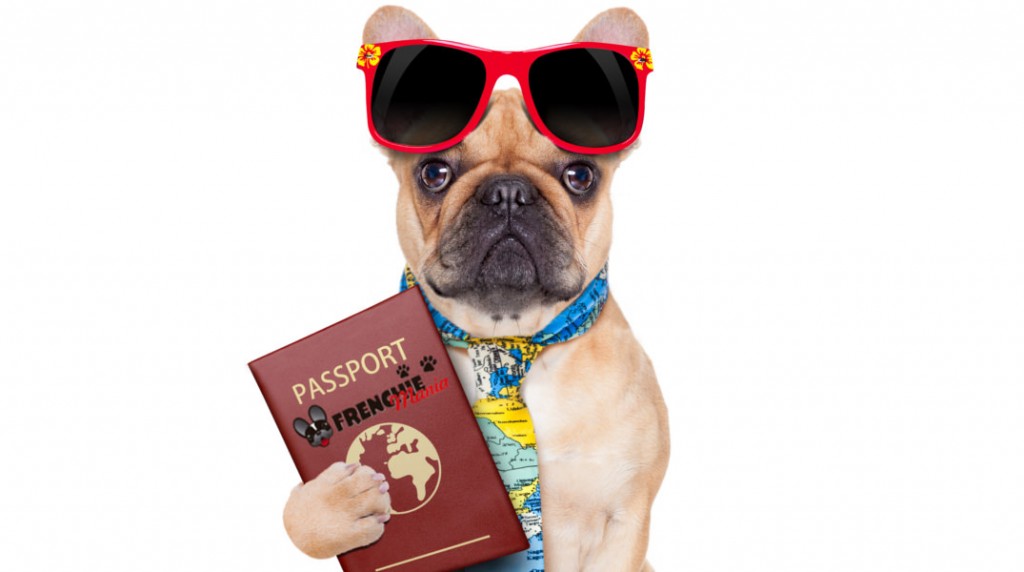
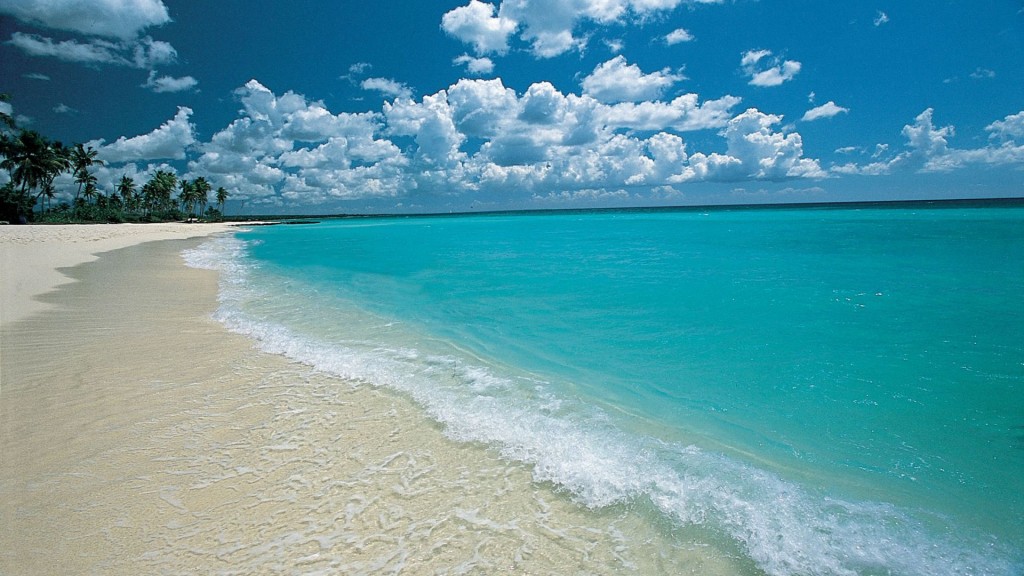
Recent Comments